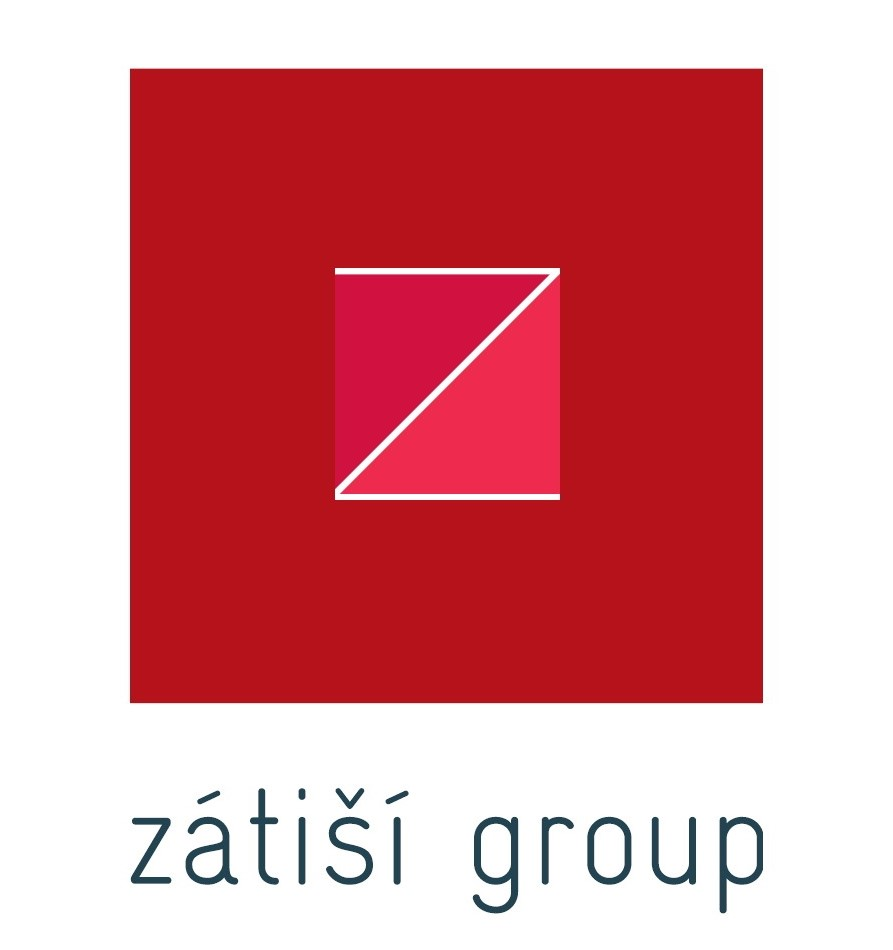CEE in the autumn of 2015 is the new safe haven
6.10.2015Company: Amcham
EU-CEE (1) sub-region economies buoyed by fledging recovery in the euro area (EA) and financial markets safeguarded by strong external positions and prudent policies.
EU-CEE currencies and asset prices, unlike other EMs, barely budged during recent turbulence, transforming the region into a “safe haven” for investors in EM .
Ongoing market volatility entails risks which vary widely across countries, but global macroeconomic outlook remains favourable for CEE and the region, despite its heterogeneity, looks better positioned than most other large EM to cope with potential challenges.
UniCredit’s CEE Quarterly 4Q 2015 found that market volatility spiked in 3Q15, with the uncertainty surrounding the anticipated Fed rate hike augmented by growing worries about a “hard landing” in China. Against this backdrop, EM assets suffered with currencies depreciating, bond and equity prices soaring and growth prospects weakening. In CEE, the difficult external environment amplified the growing divergence within the region. While the region’s two largest economies – Russia and Turkey – suffered, the rest weathered the latest market disturbance largely unscathed.
The resilience of EU-CEE
Growth in the EU-CEE continued at a brisk pace in 2Q15 and short-term indicators suggest that the momentum will be sustained in 3Q15. We expect real GDP to rise 2-3.5% for the year as a whole, slightly above potential. If growth was initially led by exports spurred by the recovery in the EU, now it has shifted towards domestic demand. Falling unemployment, firmer wage growth and inflation at historical lows have boosted consumption, while incrased EU fund absorption has boosted investment. At the same time, external positions are strong with export growth, although below its impressive 1Q15 pace, remaining solid, and current accounts in surplus or near balance. External financing has been plentiful, supporting currencies and creditworthiness perceptions.
“With small direct exposure to China and on the winning side of the commodity price rout, the EU-CEE is increasingly viewed as a safe haven among EM”. says Lubomir Mitov, Chief CEE Economist at UniCredit.
As for the other countries in the region,Turkey has failed to benefit from the positive developments in the EU, the lower oil prices or the global liquidity glut.
Russia has been the major loser from the reversal of the commodity cycle. With 75% of export receipts and nearly half of government revenues coming from oil and natural gas, the renewed dip in oil prices since July has dealt a major blow to the already weakened economy with access to markets hampered by the ongoing sanctions. In Ukraine, which has been hit by an unprecedented financial and geopolitical crisis, the economy at least seems to have bottomed out in 2Q15. Real GDP, industrial output and retail sales all stabilized during the summer or have shown tentative growth, albeit from a very low level.
Croatia and Serbia were helped out of recession by the recovery in the EA, but growth in both will be lackluster this year at less than 1%. This partly reflects the far smaller share of merchandise exports than in the EU-CEE that has limited the positive impact of the rebound in Europe. Unlike the EU-CEE, domestic demand has yet to recover, constrained by significant and growing macroeconomic imbalances that have weighed on confidence and constrained the policy response.
Outlook: Going in different directions
Developments to date point to an increasingly divergent outlook for the CEE sub-regions. Our near-term projections are based on assumptions about a further slight acceleration in EA and U.S. growth, commodity prices stabilizing in 2016 with moderate upward potential, a “soft landing” in China and a gradual path of Fed rate hikes. The ECB is expected to continue with its QE program as initially planned.
As Lubomir Mitov explains, “Under these assumptions, the global backdrop for CEE should be positive. However, the outlook is vastly different for the different sub-regions reflecting varying macroeconomic vulnerabilities, integration with the EU, policies and the state of reforms. Judging by these criteria, the EU-CEE is best positioned to benefit from the favorable global environment”.
Next year, growth in the EU-CEE should remain robust, again above potential. A slight slowdown can be expected in countries that have relied the most on EU funds for investment, with their absorption set to dip during the transition between the two EU budgets everywhere except for Poland. However, most of the slowdown in EU-funded investment should be offset by firming consumption, as tighter labour markets result in higher wage growth. With growth well balanced, external positions should remain stable. Given the preponderance of FDI-related flows and the strong fundamentals, we see little if any risks for external financing.
The key conclusion is that the CEE region, despite its heterogeneity, looks better positioned than most other large EM to cope with potential challenges.
1EU-CEE are the new EU members in Central Europe, which includes some of the countries that joined the EU in 2004 and 2007, namely Bulgaria, the Czech Republic, Hungary, Poland, Romania and Slovakia. Croatia is addressed separately.







